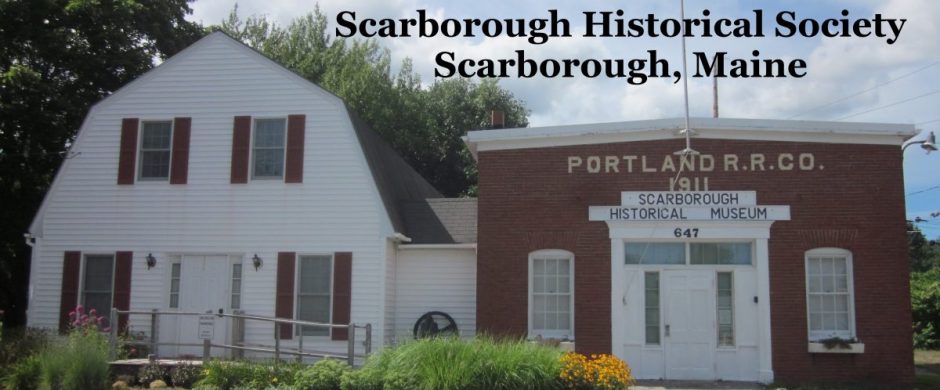Left to Right Front Row
Percy Nichols, Roger Saywood, Donald Fredericks, Edward Meserve Jr., Donald Richardson, Wade Harmon, Clayton Skillings.
Second Row
Isabelle Harmon, Marguerite Skillings, Betty Brimson, Shirley Libby, Beverly Meserve, Frances Burnson, Deloris Harmon, Eva Swinborn
Third Row
Miss Jane Field, Teacher, Hardley Hicks, Harold Richardson, Leon Skillings, Guy Pillsbury, Alfred Swinborn, Frederick Newcomb.
Fourth Row
Mary Chase, Edith Nichold, Ellen Chase, Loretta Arcuambault, Jane Skillings, Mary Newcomb.
Back Row
Granville Pence, Edward Meserve, Jr., Norman Harmon.
Note
There were two different students with the name Edward Meserve in this class. One was a Jr (son of Edward Meserve) the other was the son of George Meserve.
Source:
Scarborough Historical Society
Newcomb Collection #84.4.6
(Photo Box 3 – File: Black Point School )











